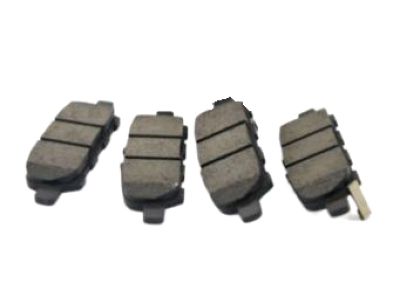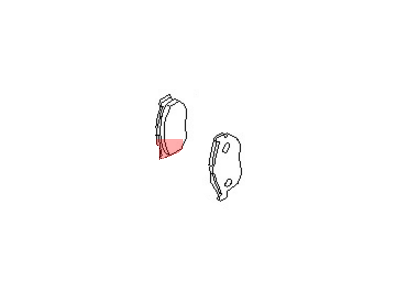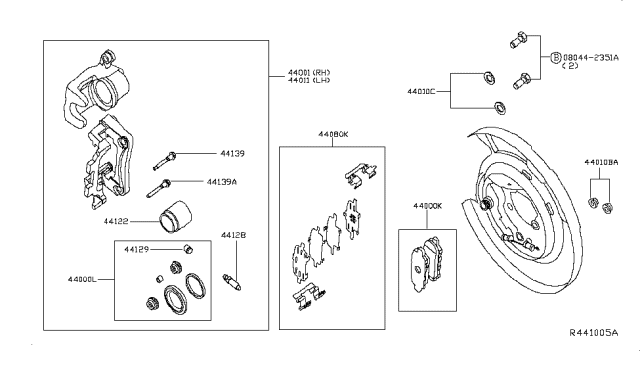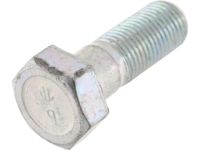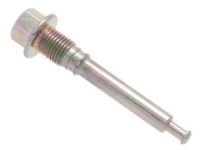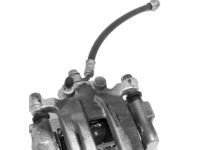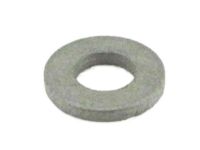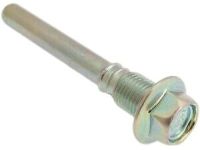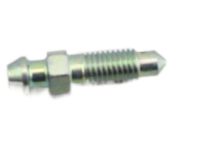Remove the cap from the brake fluid reservoir, then loosen the front or rear wheel lug nuts, raise the vehicle, and support it securely on jackstands while blocking the wheels at the opposite end. Remove the wheels and work on one brake assembly at a time, using the assembled brake for reference if necessary. Inspect the brake disc carefully, and if machining is necessary, remove the disc. Use a C-clamp to push the piston back into its bore to provide room for the new brake pads, ensuring that the fluid in the master cylinder does not overflow; remove some fluid if necessary. Wash the brake thoroughly with brake system cleaner and allow it to dry, positioning a drain pan under the brake to catch any residue. For front brakes, remove the caliper lower mounting bolt; for rear brakes, remove the upper mounting bolt and swing the caliper away from the mounting bracket, supporting it with a piece of wire. Remove the inner and outer brake pads along with the upper and lower pad retainers, thoroughly clean both slide pins, inspect for corrosion, and replace if necessary, lubricating them with high-temperature brake grease. Clean the shims and shim covers, apply anti-squeal compound to the backs of the pads, and assemble the shims to the pads in the original order. Inspect the rubber boots and replace if necessary, then reinstall the pad retainers into the caliper bracket, followed by the outer and inner pads. Swing the caliper over the pads and install the caliper mounting bolt, tightening it; if the caliper won't fit over the pads, use a C-clamp to push the piston into the caliper a little farther. When reinstalling the caliper, tighten the mounting bolts and the wheel lug nuts. Finally, check the level of the brake fluid, adding some if necessary, and carefully check the operation of the brakes before placing the vehicle into normal service.
Posted by NissanPartsDeal Specialist 
